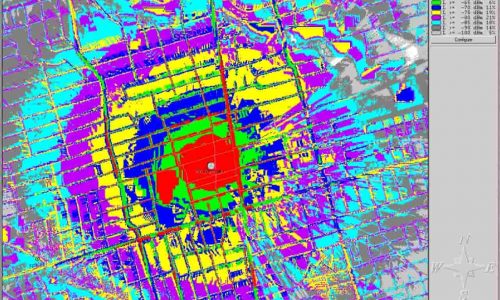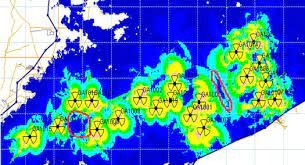TETRA is a digital trunked radio standard standardized by ETSI for the professional mobile radio (PMR) market. TETRA contains a wealth of security functions designed to protect users’ speech and data traffic and also other information that relates to the identities and operations of the users themselves. This course provides a comprehensive coverage of security mechanisms in TETRA and the various services that are delivered using them.
EXPECTED ACCOMPLISHMENTS
- Appreciate the importance of security in TETRA systems
- List system related security threats
- List common security countermeasures
- Step through modern encryption algorithms
- Step through symmetric key and public key cryptographic systems
- Describe authentication
- Explore Key Management in TETRA
- Explain how a TETRA terminal can be disabled
- Explain how DMO security is provided
- List the air interface vulnerabilities
- Examine the practical requirements for voice end-to-end encryption
- Step through security aspects of key management systems
- Examine end-to-end data encryption requirements
TARGET AUDIENCE
Managers, Engineers, and Technicians involved in the planning, deployment, and maintenance of professional mobile networks
COURSE DETAILS
Overview
- Introduction to TETRA
- TETRA network architecture
- Need for security in TETRA
- Security governance
Network Security
- Threat model
- Threat types and countermeasures
- Security management
- Developing a security policy and plan
- Typical system topography
- System access points
- Vulnerability of system components
- Personnel security
Encryption Fundamentals
- Why use encryption?
- Public key and secret key encryption
- Stream ciphers and block ciphers
- Encipherment/decipherment of plaintext
- Keys and key streams
- Anatomy of a typical block cipher (AES128)
- Forms of Attack
- Public and Secret algorithms
TETRA Air Interface Encryption
- The role and importance of the SFPG and ETSI
- Tetra security classes
- Comparison between security class 2 and security class 3
- Air interface algorithms
- Mutual and uni-directional Authentication
- Derived cipher key encryption
- Common cipher key encryption
- The use of Group cipher keys
- Direct mode static cipher keys
- Fallback mode encryption
- Disabling terminals- temporary and permanent
- TETRA release 2 security
- ISI security overview













